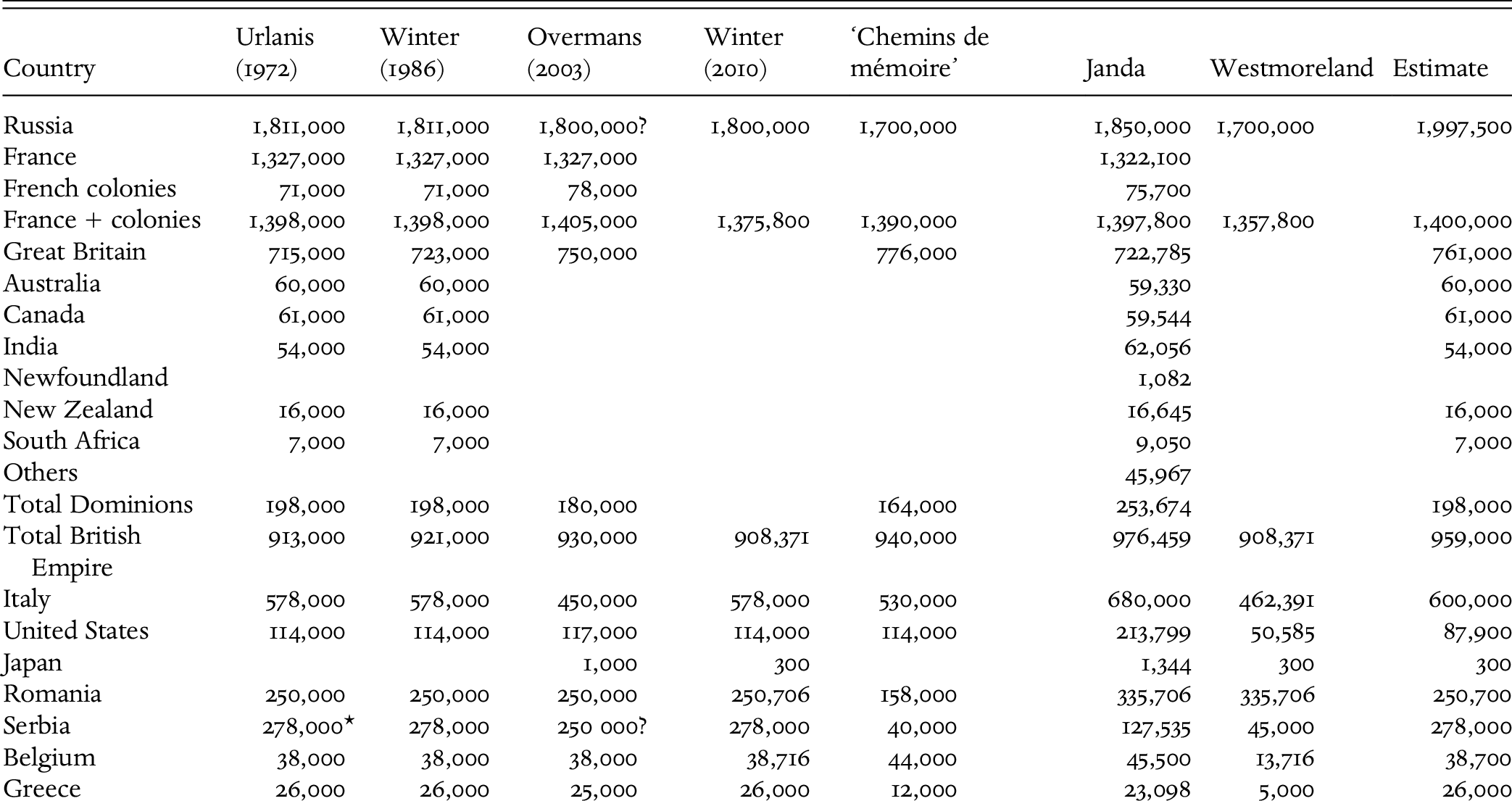France wanted revenge on Germany in every possible way. The French tried to extract reparations to the last possible sum, undeterred by the arguments of economists that Germany could not pay. But France insisted even more on keeping Germany isolated in international relations and without the physical means to wage war.
Meanwhile, France was experiencing an inflation that resulted in part from the cost of rebuilding the devastated areas—a cost that drained government finances and that was only partly covered by German payments. It resulted also from the high cost of maintaining armed forces (for the French dared not disarm), from the general disorder of international trade, and from the staggering debts piled up during the war by the French government, which, like the imperial German government, had preferred loans to taxes.
By the mid-1920s the franc had slipped from its prewar value of twenty cents against the dollar to a dangerous low of about two cents. Premier Raymond Poincare (1860-1934) initiated new taxes and stern economic measures which stemmed the decline of the franc. In 1928 it was officially revalued at 3.92 cents.
The French inflation, though mild compared with the German, nevertheless caused economic and social dislocation. Those French who had lent their government francs worth twenty cents were now repaid only one fifth of their loans. This very considerable loss fell with particular severity on the lower middle class, the petite bourgeoisie.
The greatest sufferers were those living on their savings or on relatively fixed incomes. Inflation thus weakened a social class that had long been a mainstay of republicanism in France and added to the social tensions that formed the central theme of French domestic history between the two world wars.

